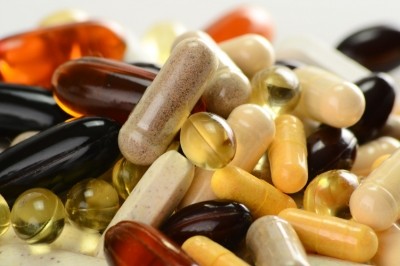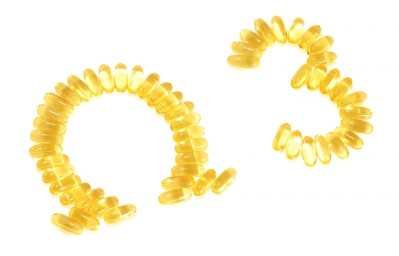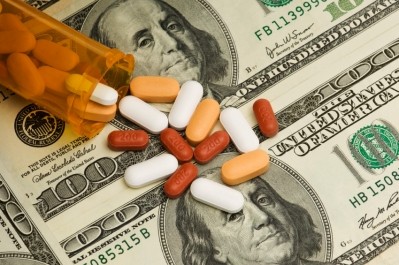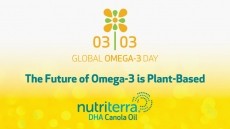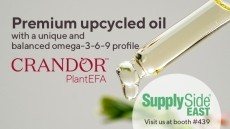Dietary supplements and consumer trust: GOED outlines ways to deliver the ‘omega-3 product promise’

Ellen Schutt, communications director for GOED, told attendees of the Ingredients Marketplace show in New York City this week that consumer trust of dietary supplements is estimated to be about 10%, more than half the value for the food & beverage industry (21%).
On the flipside, mistrust of the industries put dietary supplements at the top with 69%, compared with 63% for financial services, 56% for pharmaceuticals, and 41% for food & beverage.
The data was calculated using methodology employed by Edelman for its Trust Barometer, which has been measuring consumer trust across industries for more than a decade.
Trust vs confidence
The numbers appear to be at odds with data from the 2013 Council for Responsible Nutrition (CRN) Consumer Survey on Dietary Supplements, which is conducted by Ipsos Public Affairs and includes a national sample of 2,013 adults aged 18 and older. According to CRN data, 85% of consumers are confident in supplements (35% very confident, 50% somewhat confident). There is, however, a distinction between confidence and trust.
“I do think we’re seeing more discontent with supplements,” Schutt told us.
And this is being reflected in the market, with the omega-3 sector, one of the most robust and bullish of all the sectors in the dietary supplements industry, reporting a decline (12 million consumers are said to have left the sector in the US in 2013). A negative media environment around omega-3s has been identified as a significant driver of the declining market.
Changing the conversation
GOED is working on a strategy to change the tone of the media conversation about omega-3s for the benefit of the whole industry, and the organization says that individual product manufacturers should respond to concerns about trust from consumers.
For example, consumers want to know about country of origin, said Schutt, but the regulatory issues surrounding country of origin are complex. The demand for transparency is evidenced by the success of some omega-3 companies already emphasizing this: Sam Wiley, CEO of Wiley’s Finest Wild Alaskan Fish Oil, told us recently that the brand is growing rapidly from a small start two years ago, with the messages of sustainability, quality and being 100% USA resonating with American consumers.
Becky Wright, communications and marketing manager for Aker Biomarine, agreed that today’s consumers are more in tune with their product ingredients and curious as to where they come from. The company recently added another layer of transparency and traceability by pursuing Non-GMO Project Verification for its Superba Krill oil, she said.
Omega-3 product manufacturers should also never say a product is free from contaminants, said Schutt, because, although consumers want to read this, the best the industry can say is that specific contaminants are below the limits of detection.
Other key approaches to building consumer trust include citing the data if a claim is made: Every one of the top 50 products in the US retail space uses at least one structure function claim, she said, but only seven currently offer citations to support the claim, according to GOED. And yet these 7 products account for 37% of sales of these top 50 products.
Manufacturers should also tell consumers in what form their omega-3s come (currently, 30 of the top 50 products in the US state whether the omega-3s come as triglycerides, phospholipids, and so on), and they should label how much EPA and DHA is in a product.
“The omega-3 product promise begins with the brand, is followed by the claims about quality and health, and ends with the consumer experience,” Schutt told attendees in New York.
